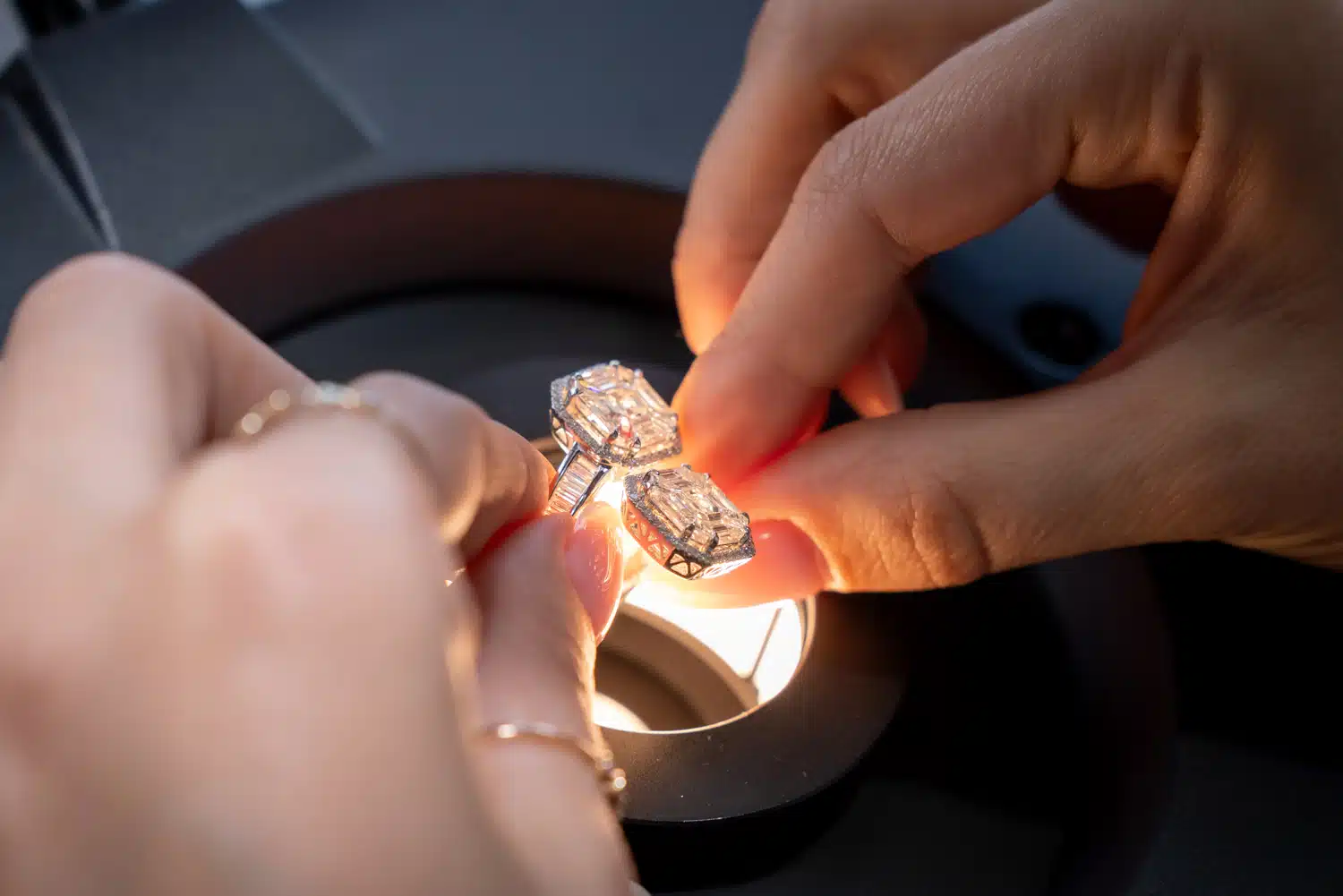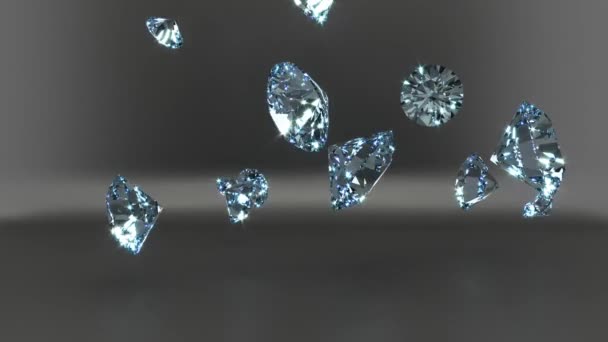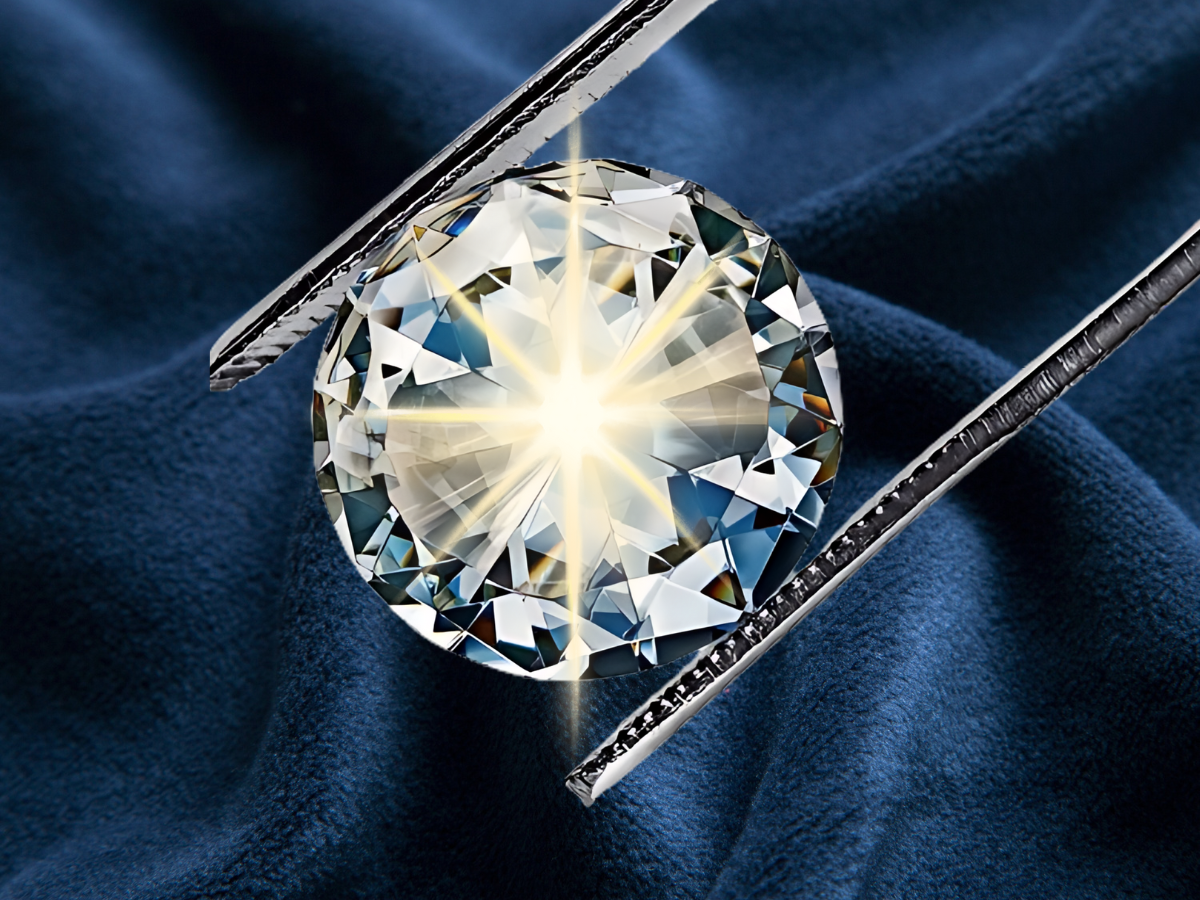Photo by Dan Cristian Pădureț on Unsplash
Magnets have fascinated humans for centuries with their seemingly magical ability to attract and repel objects without any visible physical contactBut what exactly are Magnets manufacturer made of, and why do they possess these unique properties? The answers lie in the intricate world of atomic and molecular physics.
Composition of Magnets:
Magnets are primarily composed of materials that exhibit a phenomenon known as ferromagnetismThese materials are typically metals, with iron (Fe) being one of the most well-known examplesHowever, not all metals are ferromagnetic; other elements like nickel (Ni), cobalt (Co), and certain alloys like iron-nickel alloys (e.g., Alnico) and iron-cobalt alloys (e.g., Permendur) also possess ferromagnetic propertiesThese materials have domains, which are tiny regions within the material where the atomic magnetic moments are aligned in the same direction.
Atomic and Molecular Structure:
To understand why magnets have their distinctive properties, we must delve into the atomic and molecular structure of ferromagnetic materialsAt the heart of magnetism is the concept of electron spinElectrons, the negatively charged subatomic particles orbiting the nucleus of an atom, have an intrinsic property called spin, which generates a magnetic momentIn ferromagnetic materials, the spins of individual electrons align in a way that creates a net magnetic moment within each atom.
The atomic magnetic moments further align within domains due to interactions between neighboring atomsIn an unmagnetized state, these domains point in random directions, resulting in a net magnetic field of zeroWhen a magnetic field is applied, these domains gradually align, and the material becomes magnetized.
Curie Temperature and Permanent Magnets:
One intriguing aspect of neodymium magnets price is their ability to retain their magnetism even after the external magnetic field is removedThis property is attributed to the alignment of the domainsHeating a magnetized material beyond a certain temperature, known as the Curie temperature, disrupts the alignment of the domains, causing the material to lose its magnetismBelow the Curie temperature, the domains remain locked in alignment, resulting in a permanent magnet.
Electromagnets and Temporary Magnetism:
Electromagnets are another type of magnet that has significant technological applicationsUnlike permanent magnets, electromagnets are created by passing an electric current through a coil of wire, which generates a magnetic fieldThe strength of the magnetic field can be controlled by adjusting the current flowing through the coilElectromagnets are widely used in various devices, including electric motors, transformers, MRI machines, and more.
Quantum Mechanics and Magnetism:
The phenomenon of magnetism goes beyond classical physics and delves into the realm of quantum mechanicsThe alignment of electron spins and their magnetic moments is a result of complex quantum interactionsQuantum mechanical theories, such as the spin model and the exchange interaction, provide a deeper understanding of why certain materials exhibit ferromagnetism while others do not.
Applications of Magnets:
China magnet play an integral role in our modern worldFrom everyday items like refrigerator magnets to advanced technologies like magnetic resonance imaging (MRI) scanners in the medical field, magnets have a broad range of applicationsThey are essential components in electric generators and motors, speakers, hard drives, and magnetic locks, among many other devices.
In conclusion, radial ring magnets are made primarily from materials that exhibit ferromagnetism, a property arising from the alignment of atomic magnetic moments within domainsThis alignment is a result of intricate interactions between electron spins and their quantum propertiesThe composition and arrangement of these magnetic domains determine the strength and behavior of a magnetThe phenomenon of magnetism, deeply rooted in atomic and molecular physics, has led to remarkable technological advancements that shape our modern world.
 Material Matters: Choosing the Right Chemical Gear Pump for Corrosive Fluids
Material Matters: Choosing the Right Chemical Gear Pump for Corrosive Fluids  Investing in Pink Argyle Diamonds: A Valuable Opportunity in the World of Precious Gems
Investing in Pink Argyle Diamonds: A Valuable Opportunity in the World of Precious Gems  IGI o GIA: Understanding Lab-Made Diamonds
IGI o GIA: Understanding Lab-Made Diamonds  Lab Created Diamonds Are Forever: The Future of Sustainable Luxury
Lab Created Diamonds Are Forever: The Future of Sustainable Luxury  The Key Differences Between IGI and GIA Lab Grown Diamonds
The Key Differences Between IGI and GIA Lab Grown Diamonds  Lab Created Diamonds Are Forever: The Future of Sparkle
Lab Created Diamonds Are Forever: The Future of Sparkle  Relapse, Stress, And Addction: Preventions And Treatments
Relapse, Stress, And Addction: Preventions And Treatments  The Timeless Appeal of the Lab Diamond Tennis Bracelet
The Timeless Appeal of the Lab Diamond Tennis Bracelet  Brownstone Restoration and Repair Project Cost Breakdown
Brownstone Restoration and Repair Project Cost Breakdown 

:max_bytes(150000):strip_icc()/basketball-team-supporting-their-injured-teammate-on-the-court--966143760-75350a8b15ba4936813961288be70852.jpg)
